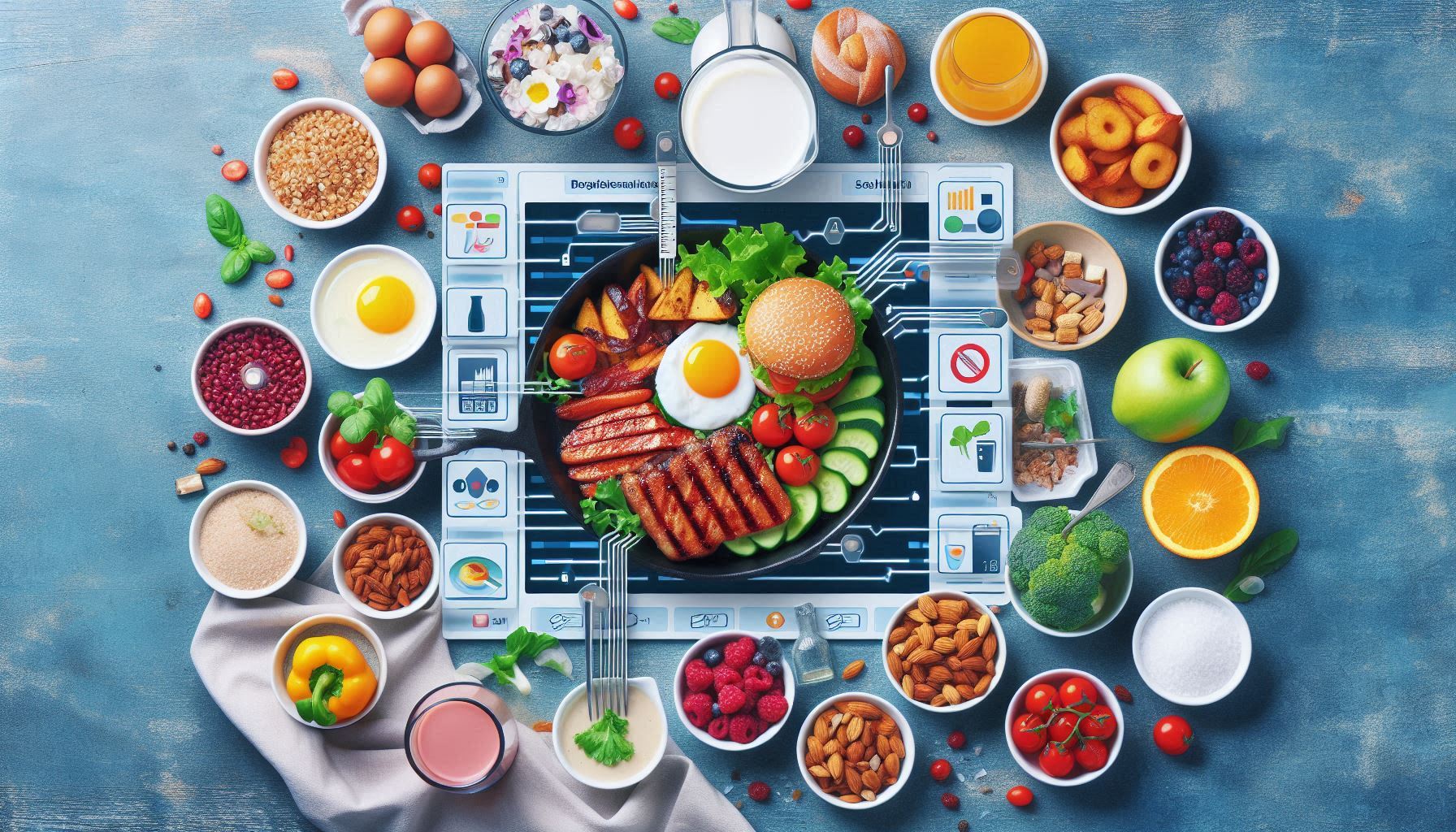
In today's fast-paced world, consumers are increasingly conscious of what they eat. Nutrition is a key consideration not just for health enthusiasts but also for people with specific dietary requirements. As a result, restaurants and food delivery platforms have a unique opportunity to meet this demand by offering detailed nutrition information for their menu items. But how can this be achieved efficiently? The answer lies in integrating a Food and Nutrition API like the Bon Happetee API into restaurant apps.
APIs, or Application Programming Interfaces, allow businesses to leverage sophisticated data sets without having to build them from scratch. The Bon Happetee API, in particular, offers a comprehensive and regularly updated database covering a wide variety of global and Indian foods. It provides detailed information about food measures, types, cuisine, and nutrition values, making it an excellent fit for restaurants looking to offer transparency and boost customer satisfaction.
This blog will explore how integrating nutrition APIs can help restaurants streamline their menu analysis, enhance customer experience, and meet growing dietary demands.
The modern diner is not only concerned with taste and price but also the nutritional content of their meals. From calorie counts to specific nutrient breakdowns like protein, carbs, and fats, detailed nutrition information is becoming a vital part of the dining experience.
However, manually calculating and providing this data for every item on the menu can be time-consuming and prone to errors. This is where the Bon Happetee API shines. It automates the process of retrieving accurate nutrition data, allowing restaurants to provide reliable information without adding extra workload to their staff.
Let’s dive into the practical ways a Food and Nutrition API can revolutionise menu analysis and customer engagement:
With the Bon Happetee API, restaurant apps can instantly provide users with detailed nutritional information for every dish. This can include calories, macronutrients (carbohydrates, fats, proteins), and even micronutrients (vitamins and minerals). The API fetches accurate data from a robust database built over 8 years and includes curated entries from the USFDA, IFCT, and NIN tables.
How it Works:
Why it Matters: Offering detailed nutrition information in real-time builds trust with customers, especially those who are health-conscious or have specific dietary restrictions.
One of the key features of the Bon Happetee API is its alias-based search functionality, which allows users to find similar dishes or ingredients based on their dietary preferences. Restaurants can leverage this to recommend alternative dishes that fit the nutritional profile users are seeking.
For example, a customer searching for a gluten-free option can be shown meals from the restaurant menu that meet this requirement. This feature makes the dining experience more personalised and enhances user engagement.
How it Works:
Why it Matters: Personalisation increases customer satisfaction, which can lead to higher retention rates and increased orders.
Many diners today use fitness or diet-tracking apps to monitor their daily food intake. Integrating the Bon Happetee API into a restaurant app allows users to easily sync their meal data with popular health apps.
By providing a seamless integration, restaurants can empower users to make more informed choices and even help them stay on track with their health goals. This can also boost customer loyalty, as users are more likely to order from restaurants that cater to their nutritional needs.
How it Works:
Why it Matters: Seamless integration with fitness and diet apps provides a holistic user experience and meets the growing demand for tech-driven solutions in the food industry.
The integration of a Food and Nutrition API offers multiple advantages for restaurants, enabling them to cater to modern consumer expectations while improving operational efficiency. Below are the key benefits:
Detailed nutritional information builds transparency and trust. Customers appreciate having the ability to make informed choices about what they eat, and they are more likely to return to restaurants that provide this information.
Manually calculating the nutritional value of menu items is time-consuming and can lead to errors. By automating the process with the Bon Happetee API, restaurants can ensure accuracy while saving valuable time and resources.
In certain regions, laws require restaurants to display calorie counts or other nutritional information on their menus. Using a reliable API ensures that restaurants remain compliant without having to navigate complex regulations themselves.
By offering personalised recommendations and health-focused menu options, restaurants can attract a more diverse customer base. For example, marketing campaigns can highlight the availability of keto, vegan, or gluten-free meals, tapping into niche markets.
For larger restaurant chains or franchises, managing nutrition data across multiple locations can be challenging. The Bon Happetee API offers scalable solutions, allowing businesses to manage nutrition data consistently across locations.
Integrating a Food and Nutrition API like the Bon Happetee API can transform how restaurants present and manage their menu data. From instant nutritional breakdowns to personalised recommendations and seamless integrations with health apps, the benefits are clear. Restaurants that adopt this technology will be well-positioned to meet the growing demands of modern diners, improve operational efficiency, and ultimately boost customer satisfaction.
If you're a software engineer, product manager, or business head in the restaurant industry, it’s time to explore how a nutrient app can enhance your platform. Start leveraging tech for restaurants by integrating the Bon Happetee API into your app today.
Hi there!
Let's help you find right APIs!